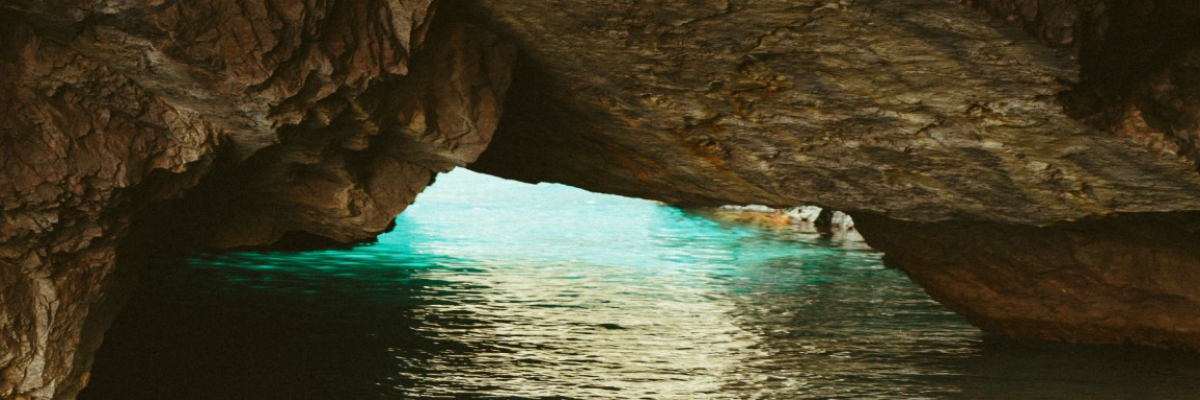

Overlooking the Tyrrhenian Sea, the Amalfi Coast is one of the 50 Italian sites added to the UNESCO World Heritage List.
The Coast looks like a balcony suspended between the cobalt blue sea and the slopes of the Lattari mountains, in a succession of valleys and headlands between coves, beaches and terraces planted with citrus fruit, vines and olive trees. A unique setting, protected by UNESCO as a perfect example of Mediterranean landscape with a great cultural and natural landscape value due to its topography and its historical evolution.
The whole area covers 11,231 hectares between the Gulf of Naples and the Gulf of Salerno and includes 16 beautiful municipalities of the province of Salerno: Amalfi, Atrani, Cava de 'Tirreni, Cetara, Conca dei Marini, Furore, Maiori, Minori, Positano, Praiano, Raito, Ravello, Sant'Egidio del Monte Albino, Scala, Sunsets, Vietri sul Mare.
The city and the Coastal countries are individually designed, each with its own traditions and its peculiarities that make it unique, however, are all characterized by architectural monuments such as the Saracen tower of Cetara, the Romanesque Cathedral of Amalfi and its " cloister of Paradise "by clear Eastern influence, the church of San Salvatore de 'Bireto Atrani, where historically was celebrated the ceremony of investiture of the Doges of Amalfi and Ravello with its fine cathedral and the superb Villa Rufolo.
The charming town of Vietri sul Mare is considered the cradle of tiles, not surprisingly, the cupola of the beautiful church of San Giovanni Battista and the facade of the Annunciation of the Arch and the Rosary are covered with these colorful ceramics.
On the road from Amalfi reach the "painted village" of Furore, lies the charming village of Conca Dei Marini characterized by white vaulted houses the XVII century and the Emerald Cave.
Even the fishing villages of Cetara and Maiori, one of the most popular seaside resorts for their fine sand beach, have two churches - St. Peter respectively and Santa Maria a Mare - from coated domes of majolica tiles.
Along the coast, another gem is the village of Minori, called the Eden of the Coast for the fresh and cool climate.
In the Dragone Valley stands the gracious Atrani, far from mass tourism. In this town that retains all its seafaring authenticity, there is a beautiful square on the sea.
Among the most famous places there is Amalfi, the town founded in the fourth century BC which gives its name to the Coast.
Ancient maritime republic, Amalfi wielded for a long time the monopoly of trade in the Tyrrhenian Sea, exporting Italian products (wood, iron, weapons, wine and fruit) in eastern markets and buying in return spices, perfumes, pearls, jewels, textiles and carpets to trade in the West.
The provision of housing is of oriental influence and reminds the souks, with groups of houses close together and perched on the steep slopes, connected by a maze of alleys and stairs.
Amalfi was born and developed the characteristic Arab-Sicilian architecture, including the Cathedral of St. Andrew it is a perfect example. Rebuilt in Baroque style in '700, with the wonderful staircase and its beautiful cloister, called Cloister of Paradise, the Duomo is one of the most visited monuments of the coast.
Crossed the pretty Praiano, you reach Positano, a holiday resort since the time of the Roman Empire, with its white houses sloping down to the sea, we gathered around the church of Santa Maria Assunta, also from the tiled dome.
Typical its small streets full shops, where you can buy local crafts and the many "steps" from the country come down to the beach.
Among the main beaches include the beach and the Great Fornillo, both within walking distance; La Porta, Arienzo and San Pietro Laureano, all accessible mainly by boat.
Different then the mountain villages of the Amalfi Coast: Scala, Tramonti, Raito, known for "stairs" characteristics, which are the only means by which you can turn in the country, and Ravello.
The latter, nestled 350 meters above sea level, it is one of the charms of the coast for the elegance of its villas: the gardens and the Villa Rufolo and Villa Cimbrone lookout opening onto breathtaking views.
Finally, on the slopes of the Lattari Mountains it rises Sant'Egidio del Monte Albino, famous for the presence of the Abbey of Santa Maria Maddalena in Armillis and the pretty Old Town.

